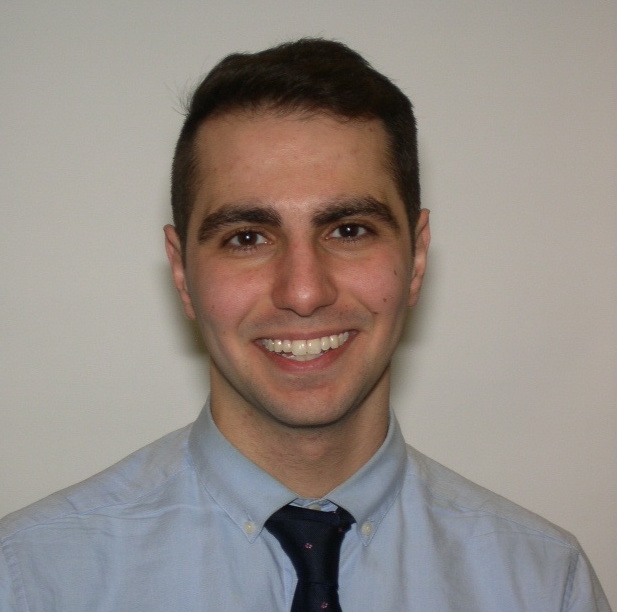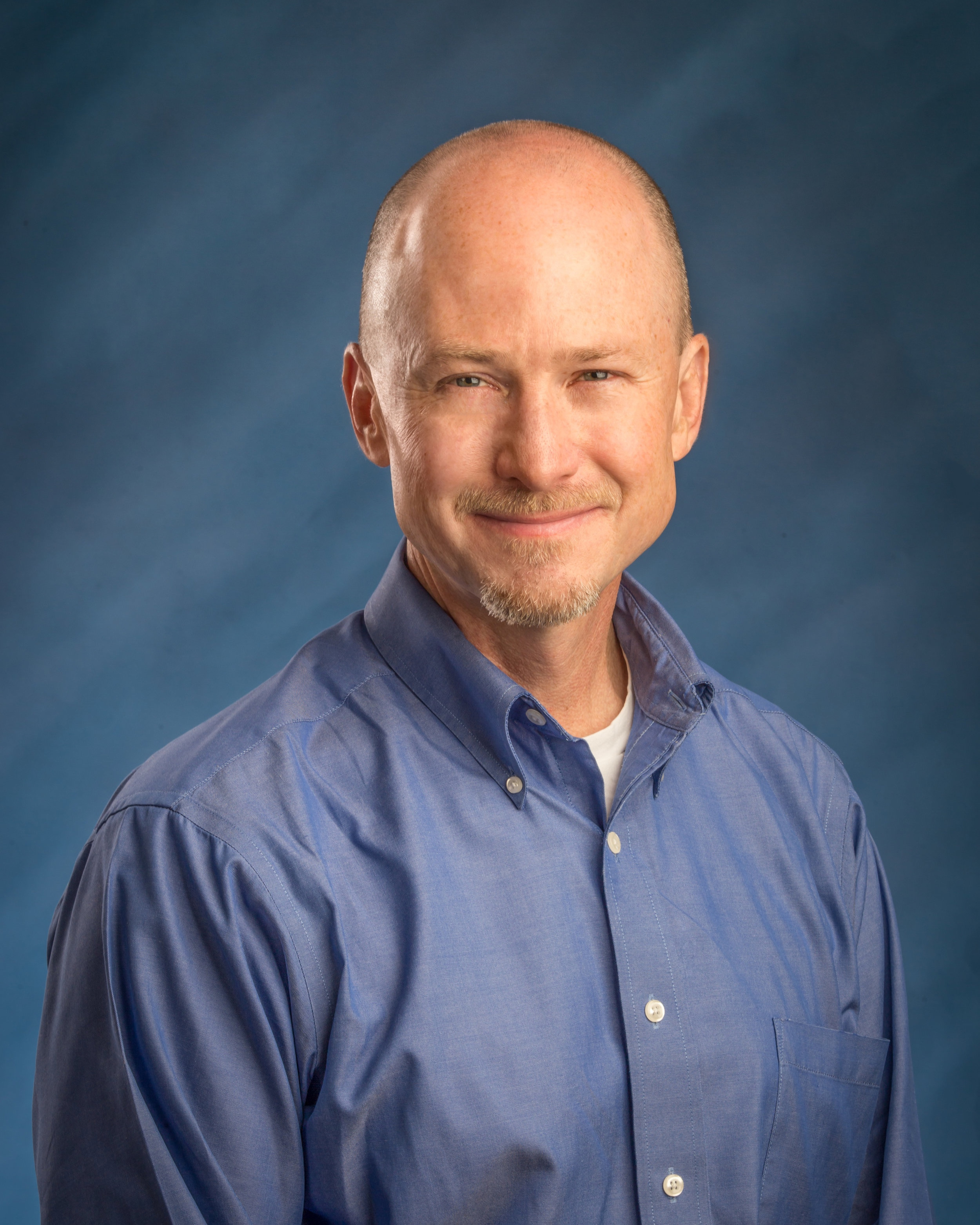For more information about the book, go to The Me in Medicine: Reviving the Lost Art of Healing.
What follows is a typical visit to the physician for back pain in the United States: A person hurts his or her back and sees a doctor for a complete workup. The clinician, careful not to miss anything, orders an MRI that is subsequently read by a distant radiologist. The report is sent back to the physician who, depending on the results, calls for a follow-up appointment to discuss outcomes. It is likely that the patient is sent to a physical therapist, who provides a therapy regimen based on the radiology imaging and his or her own experience without need for the physician’s specific prescription. While much can and has been written about this typical medical experience, from its inefficiency to its reliance on medicalization and overdiagnosis, it is the fragmentation and lack of contextualization that Dr. Patrick Roth has highlighted in his latest work, The Me in Medicine: Reviving the Lost Art of Healing.
With an increasing reliance on technology and the expansion of artificial intelligence in medicine, Dr. Roth paradoxically calls on physicians to embrace their philosophical faculties. He proposes that narratives, developed through introspection, as well as teaching, mentoring, and writing, are the missing components in our medical system today. The onus is on both patients and physicians to develop individual and, when they come together for a clinical encounter, shared narratives on health, disease, and treatment for better overall care.
For the patient, narratives mean coming to understand how he or she views health and disease. As Jerome Groopman explains in his book, Your Medical Mind, and Dr. Roth highlights in his, people have a spectrum of temperaments with regards to intervention: Some believe strongly in the human body’s regenerative capacity (naturalist) and others believe strongly in science, technology, and medicine (technologist). These proclivities are important for the patient to consider when making medical decisions, but only represent one piece of the puzzle.
Patients must also consider unconscious cognitive biases they have when making their decision for treatment. Common cognitive biases include the availability heuristic, a mental shortcut in which a person makes decisions based on readily available examples, and hyperbolic discounting, in which a person discounts future reward because of the time delay between the decision and the reward. For instance, using the availability heuristic, a patient may be hesitant to undergo a procedure because a friend had a similar procedure that did not end well, whereas using hyperbolic discounting, a patient may prefer a procedure because they perceive the reward as immediate as compared with the longer treatment course of physical therapy. While highlighting the patient’s decision-making heuristic is certainly not easy, it serves to both increase patient autonomy and satisfaction with outcomes.
The complexities of these medical decisions is the space where physicians, equipped with their own medical narratives, help the patient decide what is best. The physician has the ability to provide the context necessary for the patient’s choice. For this reason, it is incumbent on the physician to become a good storyteller. It is not enough to lay out all the options with statistics or paternalistically make the decision. Rather, believes Dr. Roth, the physician most effectively communicates through anecdotes and analogies for understanding disease ontology and treatment decisions.
There are a number of tools at the disposal of physicians and patients to accomplish these lofty, yet achievable goals. With honed doctoring skills, the physician can extract the patient’s motivations and contextualize them to reach a sustainable and satisfactory outcome. Further, the physician can foster self-efficacy and promote a deep education about disease. The patient, on the other hand, possesses knowledge that the physician is not privy to, i.e., the phenomenology of the disease. By joining support groups and forming online communities, patients empower themselves and shape the narrative of their needs for the medical community. Engaging in these exercises shapes not only the character of the patient and physician, but the disease process too, as it reforms a patient’s reality through changes in their thoughts and perceptions.
Medical science and technology naturally lend themselves to a reductive materialism with an approach that parses apart reality into molecular cascades and biotargets on which intervention is possible. Analogously, medicine, as a distinctly human endeavor, naturally lends itself to storytelling—the currency of effective communication and change. As such, Dr. Roth makes a formidable case for narratives as a staple of holistic medical practice. Narratives reform environmental context, which in turn shapes us and our health. With technology and specialization playing an ever-expanding role in our healthcare system, it will remain paramount to scrutinize our narratives and ensure they are always in service of our patients. — John Paul Mikhaiel
JP Mikhaiel is a medical student at Georgetown University School of Medicine. After earning his BS in neurobiology and philosophy at Georgetown University, he spent two years at the NIH researching brain-related disorders. He is currently a member of the Literature and Medicine track at Georgetown University, and serves on the management board for the coaching program, A Whole New Doctor. His work has been published in Scope, Georgetown’s literary journal. Mikhaiel plans to pursue a career in neurology.












